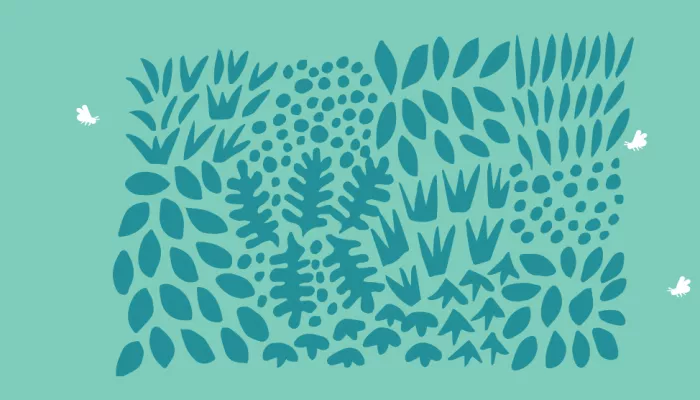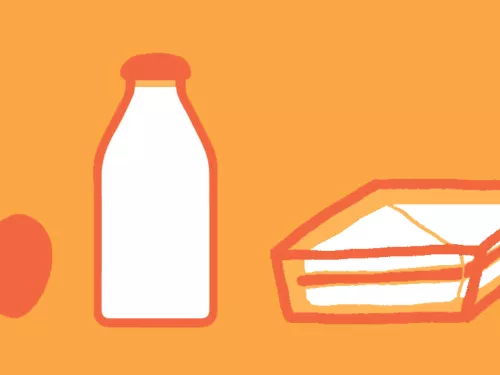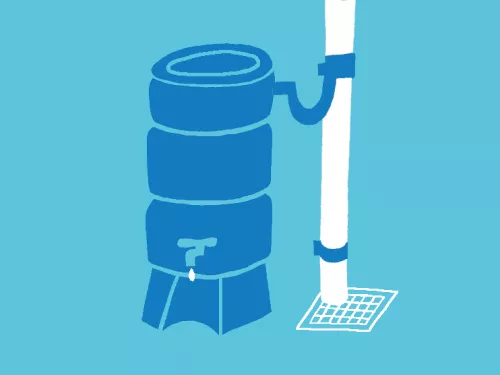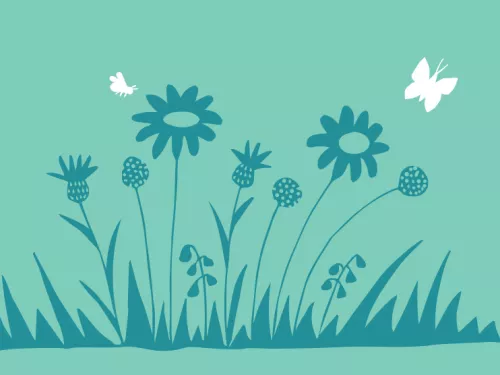
Send a 'letter to the Editor'
Sending letters 'to the Editor' of local newspapers is another great way to speak up for wildife.

Gardening doesn’t need to be restricted to the ground - bring your walls to life for wildlife! Many types of plants will thrive in a green wall, from herbs and fruit to grasses and ferns.
Gardeners have long been creating ‘green walls’ using wires or trellises to provide a framework for climbing plants. Climbing plants like clematis, honeysuckle, rose and jasmine can create an amazing scent for your garden and are loved by many creatures from butterflies to bees.
But ‘vertical garden’ can also mean plants living in pots fixed to the wall, hanging baskets, or on ladders or steps, giving depth to patios, driveways and small spaces.
A popular choice for vertical gardens is using upcycled wooden pallets! Be careful with edible planting – there are some health concerns regarding pesticide treatments of the wood, so take care when selecting your pallets. To be safe, if you’re planting directly into the pallets, use them for flowers instead. Otherwise you can use a leaning pallet to attach pots. Other popular choices for upcycled vertical gardens include shoe organisers and plastic bottles!


Sending letters 'to the Editor' of local newspapers is another great way to speak up for wildife.

10 tips to reduce food waste today!

Recycle, upcycle - and make do and mend! Production of household waste needs to decrease by 33% by 2037 to reach emissions targets. So get out that needle and thread!

Water butts lower the risks of local flooding and will reduce water bills by conserving the water you already have. They're great for watering the garden, refilling the pond - or even washing the car!

Whether you celebrate a big family Christmas, or you just give out a few cards to your friends and neighbours to wish them a happy time, here are some quick tips for a greener Christmas!

Whether it's a flowerpot, flowerbed, wild patch in your lawn, or entire meadow, planting wildflowers provides vital resources to support a wide range of insects that couldn't survive in urban areas otherwise. It is also a great way of avoiding tools such…